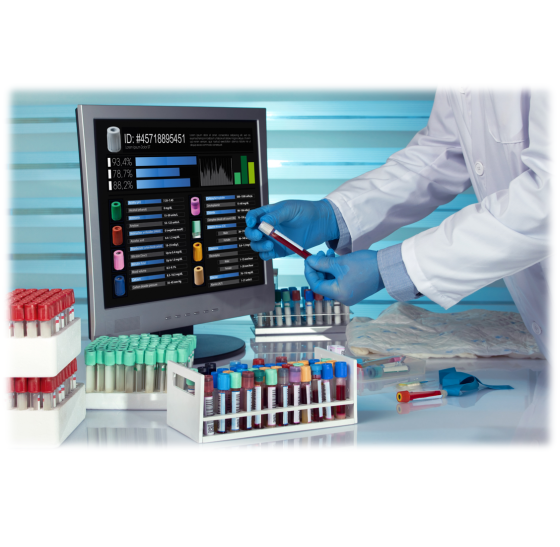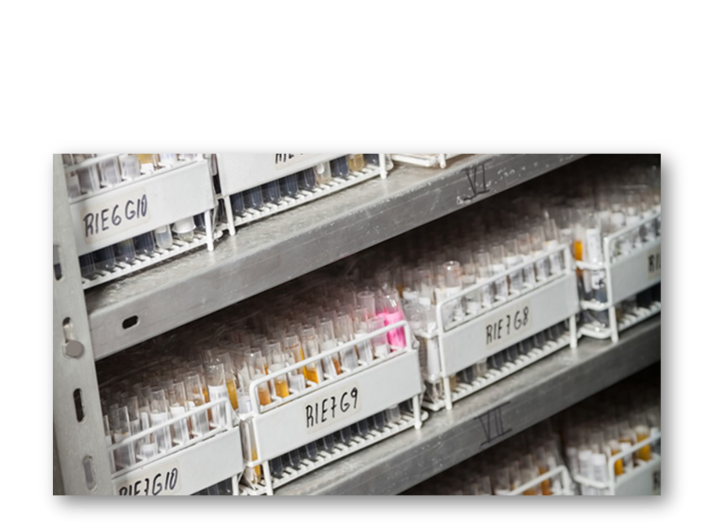| Definitions |
|---|
| Research Biospecimen Biobank: a facility where biological materials (e.g., serum, pathological specimens, genomic material) from human research subjects are stored for secondary research. The design, operations, material collected, and plans for use and/or sharing for secondary research, determine which regulations apply and the level of IRB review and oversight required. |
| Research Registry: an organized system that uses observational study methods to collect uniform data (clinical and other) to evaluate specified outcomes for a population defined by a particular disease, condition, or exposure, and that serves a predetermined scientific, clinical, or policy purpose(s). Registries may be based on product surveillance (e.g., drug, device), services, diseases or conditions, or other focus (e.g., women’s health registry). The design, operations, data collected, and plans for use and/or sharing for secondary research, determine which regulations apply and the level of IRB review and oversight required. |
| Research Repository: a collection of data/biospecimens that have been collected and stored with the intention of using the materials for future research, either by the investigator who collected them or by sharing the materials with other investigators. |
Research Repository/Bank
Even when the uses are unspecified, the consent document and process should clearly describe key biobanking concepts such as unlimited medical record access, incidental findings and obligations to return research results, procedures to withdraw material, and large-scale data sharing, etc. so that participants understand the implications of participating.
The Sample Repository/Registry/Biobank Consent document [WORD] provides points to consider and sample language describing risks, protections, and details regarding the collection, storage, and sharing of biospecimens and/or associated information. Because there is extensive variation in the design and operation of research repositories, a “one size fits all” template is not feasible. The template includes sample language for many different biobank/registry operations. Include applicable language and delete other text. Note: If future research may involve genomic data sharing, include specific language to meet the requirements of the NIH Genomic Data Sharing Policy [HTML].
Research Registry
Even when future use is unspecified, the consent document and process should clearly describe key registry concepts such as unlimited medical record access, incidental findings, and obligations to return research results, procedures to withdraw material, large-scale data sharing, etc. so that participants understand the implications of participating.
The Sample Repository/Registry/Bank Consent [WORD] document provides points to consider and template consent language describing risks, protections, and details regarding the collection, storage, and sharing of specimens and/or information. Because there is extensive variation in the design and operation of research repositories, a “one size fits all” template is not feasible. The template includes sample language for many different bank/registry operations. Include applicable language and delete other text.
Future Secondary Research
Ultimately, secondary research conducted by recipient researchers should be congruent with the uses described in the Registry Protocol, Informed Consent Form, and Use Agreement.Describe how the bank/registry/repository will collect, store, use, and share information or specimens with recipient researchers. If sharing de-identified material, use the safe harbor method [HTML]. If identifiers are shared, the recipient must have research approved by the IRB. Indicate in the consent if the bank/registry/repository will require recipient researchers to sign or agree to a Use Agreement. The agreement may specify that the recipient researcher will not attempt re-identification of data and that secondary research conducted will be consistent with the terms of the original registry informed consent. If a Use Agreement is not required, remove that language from the consent.
For sample language when developing consent for secondary use a data/specimens, see the National Institutes of Health (NIH) "Informed Consent for Research with Data and Biospecimens: Points to Consider and Sample Language for Future Use and/or Sharing". [PDF]




